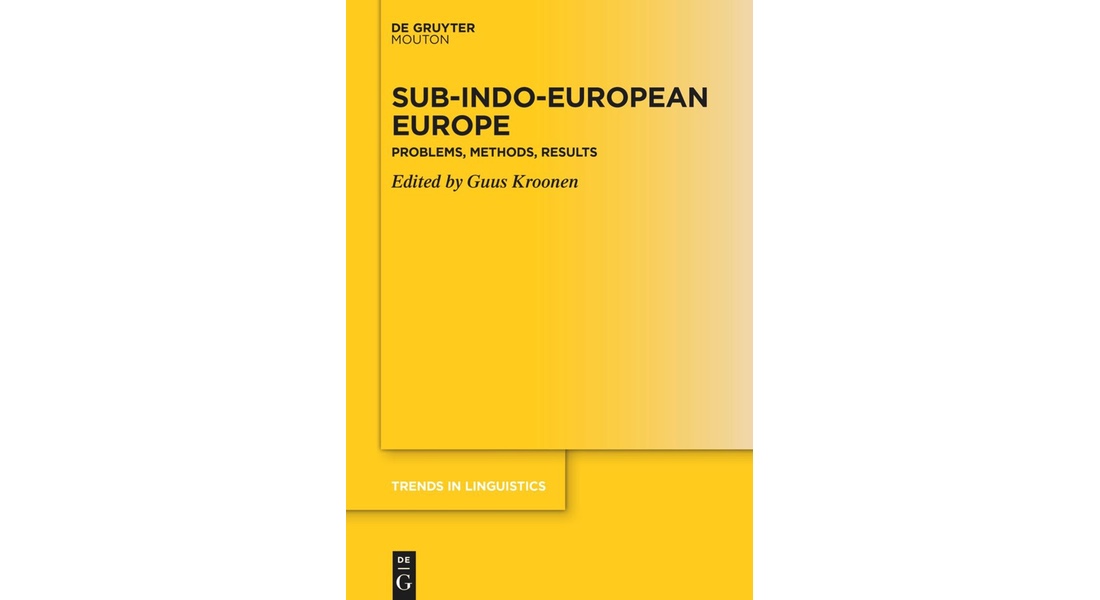From the publisher:
The dispersal of the Indo-European language family from the third millennium BCE is thought to have dramatically altered Europe’s linguistic landscape. Many of the preexisting languages are assumed to have been lost, as Indo-European languages, including Greek, Latin, Celtic, Germanic, Baltic, Slavic and Armenian, dominate in much of Western Eurasia from historical times. To elucidate the linguistic encounters resulting from the Indo-Europeanization process, this volume evaluates the lexical evidence for prehistoric language contact in multiple Indo-European subgroups, at the same time taking a critical stance to approaches that have been applied to this problem in the past.
Contents
Frontmatter
Foreword
Contents
Language abbreviations
PART I: INTRODUCTION
1: Guus Kroonen: A methodological introduction to sub-Indo-European Europe
PART II: NORTHEASTERN AND EASTERN EUROPE
2: Anthony Jakob: Three pre-Balto-Slavic bird names, or: A more austere take on Oštir
3: Ranko Matasović: Proto-Slavic forest tree names: Substratum or Proto-Indo-European origin?
PART III: WESTERN AND CENTRAL EUROPE
4: Paulus S. van Sluis: Substrate alternations in Celtic
5: Anders Richardt Jørgensen: A bird name suffix *-anno- in Celtic and Gallo-Romance
6: David Stifter: Prehistoric layers of loanwords in Old Irish
PART IV: THE MEDITERRANEAN
7: Andrew Wigman: A European substrate velar “suffix”
8: Cid Swanenvleugel: Prefixes in the Sardinian substrate
9: Lotte Meester: Substrate stratification: An argument against the unity of Pre-Greek
10: Guus Kroonen: For the nth time: The Pre-Greek νϑ-suffix revisited
PART V: ANATOLIA & THE CAUCASUS
11: Rasmus Thorsø: Alternation of diphthong and monophthong in Armenian words of substrate origin
12: Zsolt Simon: Indo-European substrates: The problem of the Anatolian evidence
13: Peter Schrijver: East Caucasian perspectives on the origin of the word ‘camel’ and some notes on European substrate lexemes
List of contributors
Index of cited forms

